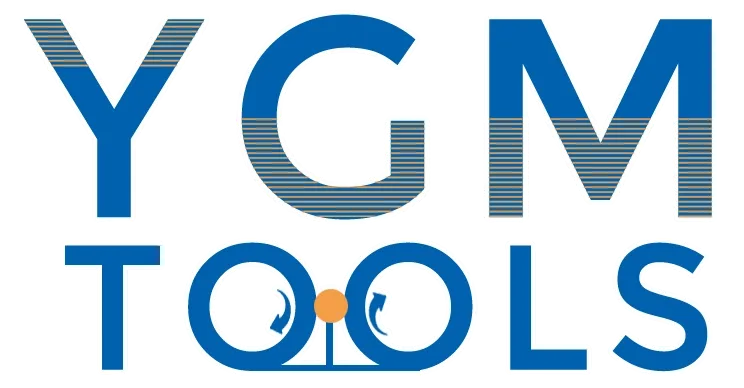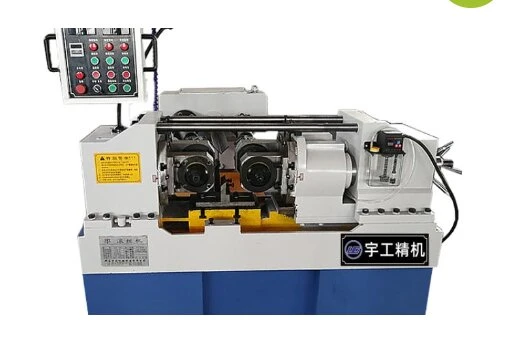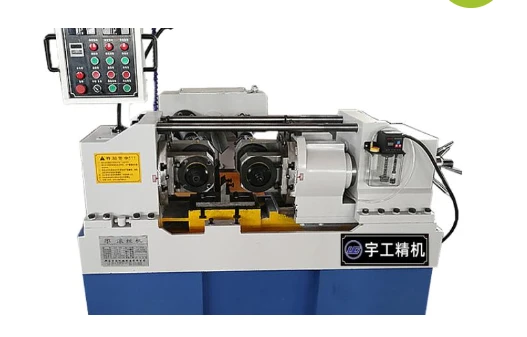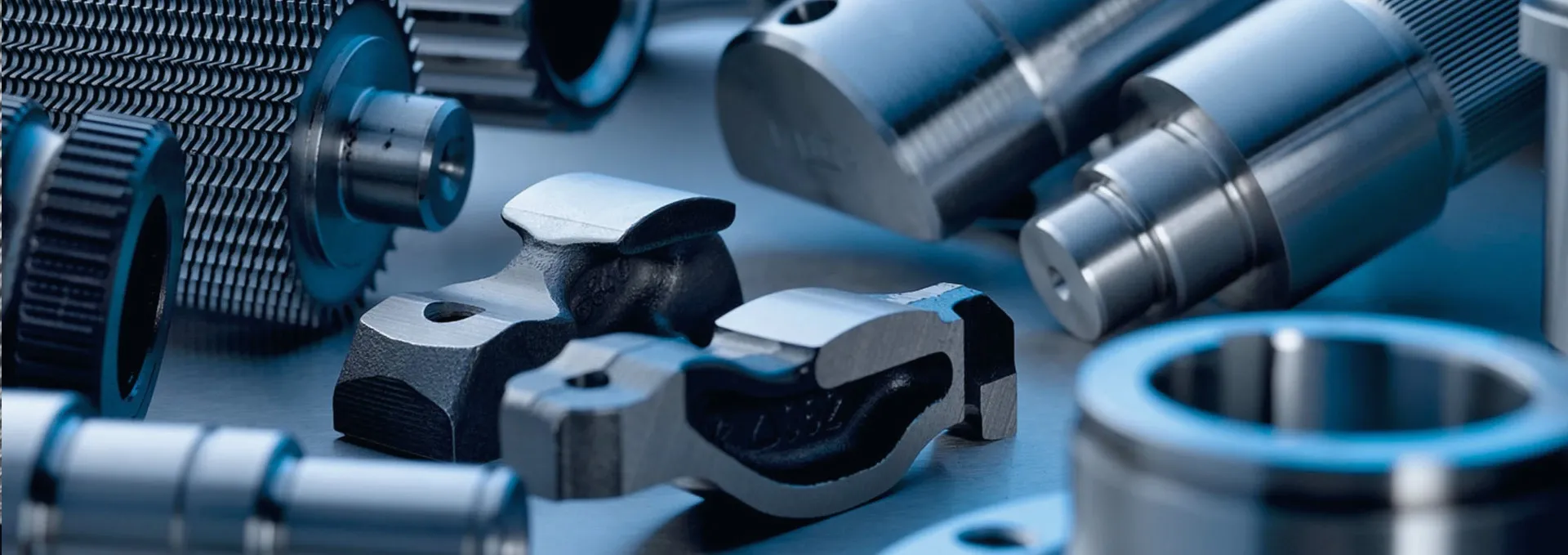
-
 Afrikaans
Afrikaans -
 Albanian
Albanian -
 Amharic
Amharic -
 Arabic
Arabic -
 Armenian
Armenian -
 Azerbaijani
Azerbaijani -
 Basque
Basque -
 Belarusian
Belarusian -
 Bengali
Bengali -
 Bosnian
Bosnian -
 Bulgarian
Bulgarian -
 Catalan
Catalan -
 Cebuano
Cebuano -
 Corsican
Corsican -
 Croatian
Croatian -
 Czech
Czech -
 Danish
Danish -
 Dutch
Dutch -
 English
English -
 Esperanto
Esperanto -
 Estonian
Estonian -
 Finnish
Finnish -
 French
French -
 Frisian
Frisian -
 Galician
Galician -
 Georgian
Georgian -
 German
German -
 Greek
Greek -
 Gujarati
Gujarati -
 Haitian Creole
Haitian Creole -
 hausa
hausa -
 hawaiian
hawaiian -
 Hebrew
Hebrew -
 Hindi
Hindi -
 Miao
Miao -
 Hungarian
Hungarian -
 Icelandic
Icelandic -
 igbo
igbo -
 Indonesian
Indonesian -
 irish
irish -
 Italian
Italian -
 Japanese
Japanese -
 Javanese
Javanese -
 Kannada
Kannada -
 kazakh
kazakh -
 Khmer
Khmer -
 Rwandese
Rwandese -
 Korean
Korean -
 Kurdish
Kurdish -
 Kyrgyz
Kyrgyz -
 Lao
Lao -
 Latin
Latin -
 Latvian
Latvian -
 Lithuanian
Lithuanian -
 Luxembourgish
Luxembourgish -
 Macedonian
Macedonian -
 Malgashi
Malgashi -
 Malay
Malay -
 Malayalam
Malayalam -
 Maltese
Maltese -
 Maori
Maori -
 Marathi
Marathi -
 Mongolian
Mongolian -
 Myanmar
Myanmar -
 Nepali
Nepali -
 Norwegian
Norwegian -
 Norwegian
Norwegian -
 Occitan
Occitan -
 Pashto
Pashto -
 Persian
Persian -
 Polish
Polish -
 Portuguese
Portuguese -
 Punjabi
Punjabi -
 Romanian
Romanian -
 Russian
Russian -
 Samoan
Samoan -
 Scottish Gaelic
Scottish Gaelic -
 Serbian
Serbian -
 Sesotho
Sesotho -
 Shona
Shona -
 Sindhi
Sindhi -
 Sinhala
Sinhala -
 Slovak
Slovak -
 Slovenian
Slovenian -
 Somali
Somali -
 Spanish
Spanish -
 Sundanese
Sundanese -
 Swahili
Swahili -
 Swedish
Swedish -
 Tagalog
Tagalog -
 Tajik
Tajik -
 Tamil
Tamil -
 Tatar
Tatar -
 Telugu
Telugu -
 Thai
Thai -
 Turkish
Turkish -
 Turkmen
Turkmen -
 Ukrainian
Ukrainian -
 Urdu
Urdu -
 Uighur
Uighur -
 Uzbek
Uzbek -
 Vietnamese
Vietnamese -
 Welsh
Welsh -
 Bantu
Bantu -
 Yiddish
Yiddish -
 Yoruba
Yoruba -
 Zulu
Zulu
High-Speed Thread Rolling Machine HS Code Precision HSN Code Solutions
- Market growth statistics for thread rolling machines
- Technical specifications comparison and innovation highlights
- Manufacturer comparison table with performance metrics
- Customization options for specialized applications
- Industry-specific case study outcomes
- Operational cost-benefit analysis
- Conclusion with compliance and certification insights

(high quality thread rolling machine hs code)
Market Expansion Driving Demand for High Quality Thread Rolling Machines
Global demand for industrial thread rollers is projected to increase by 6.2% annually through 2030, with precision-engineered components requiring HS code 846210 compliant machinery. Automotive and aerospace sectors account for 68% of new installations according to IMTS 2023 data. As manufacturers seek duty optimization strategies, understanding Harmonized System classifications becomes critical for cost-efficient procurement of these capital assets.
Technical Specifications and Precision Engineering
Modern thread rolling systems feature synchronized dual-head configurations achieving 300-450 RPM with tolerances of ±0.005mm. The latest servo-electric models reduce setup times by 70% while cutting energy consumption by 35% compared to hydraulic alternatives. Key innovations include:
- Intelligent pressure monitoring systems preventing material deformation
- Vibration-dampening frames enabling micron-level precision at full production speed
- Self-calibrating CNC controls with adaptive feed rate algorithms
ISO 9001-certified manufacturers now guarantee 99.8% dimensional consistency across batches of 50,000+ units.
Performance Comparison of Leading Manufacturers
| Manufacturer | Max RPM | Thread Dia. Range (mm) | Unit/Hr Output | MTBF (hours) |
|---|---|---|---|---|
| PrecisionRoll Series X | 475 | 2 - 85 | 2,400 | 25,000 |
| GlobalTech T7 | 430 | 3 - 120 | 1,850 | 18,500 |
| DuraThread ProLine | 510 | 1.5 - 65 | 3,100 | 30,000 |
Third-party testing confirms DuraThread's ProLine reduces threading defects by 42% versus industry averages when processing titanium aerospace fasteners.
Customization Capabilities for Specialized Applications
Leading suppliers offer modular designs adaptable to specific component geometries and production environments:
- Material-specific roller coatings extending tooling life by 200% (DLC for stainless, CrN for aluminum)
- Portable in-line configurations fitting existing transfer lines without reengineering
- Cold-forming modules producing 300-series stainless threads without annealing
Customized HS code 846210 machines require 8-10 week lead times but demonstrate ROI within 14 months by eliminating secondary operations.
Application Performance Data Across Industries
Automotive Transmission: German OEM achieved 22% throughput increase on CV joint components after installing servo-electric DuraThread units. Production metrics showed:
- Reduced changeover duration from 47 minutes to under 9 minutes
- Annual tooling cost decrease of $148,000 per production line
- Scrap rate reduction from 3.1% to 0.4%
Medical Implants: Swiss manufacturer validated 38% improvement in thread uniformity on cobalt-chrome femoral stems using closed-loop feedback systems.
Operational Economics and Productivity Metrics
High-speed thread rolling machines demonstrate clear financial advantages over thread cutting and grinding processes:
- 80-95% reduction in cycle times compared to CNC thread milling
- Energy consumption per part reduced by 65% versus traditional methods
- Tooling costs account for only 3-5% of total operational expenses
TCO analysis shows premium models achieve breakeven within 18 months at 65% utilization rates when processing medium-carbon steel components.
Securing Competitive Advantage with HS Code-Compliant High Speed Thread Rolling Machines
Procuring advanced thread rolling equipment requires verifying compliance with HS code 846210 standards while ensuring machinery meets IEC 60204 safety certifications. Leading manufacturers now provide:
- CE/PED documentation packages for EU customs clearance
- NIST-traceable calibration certificates with machine-specific performance data
- HS classification verification reports expediting customs processing by 48%
Plants implementing high quality thread rolling machine solutions report 24-month payback periods despite 15-22% higher initial investment, validating their position as essential for high-volume precision threading operations.

(high quality thread rolling machine hs code)
